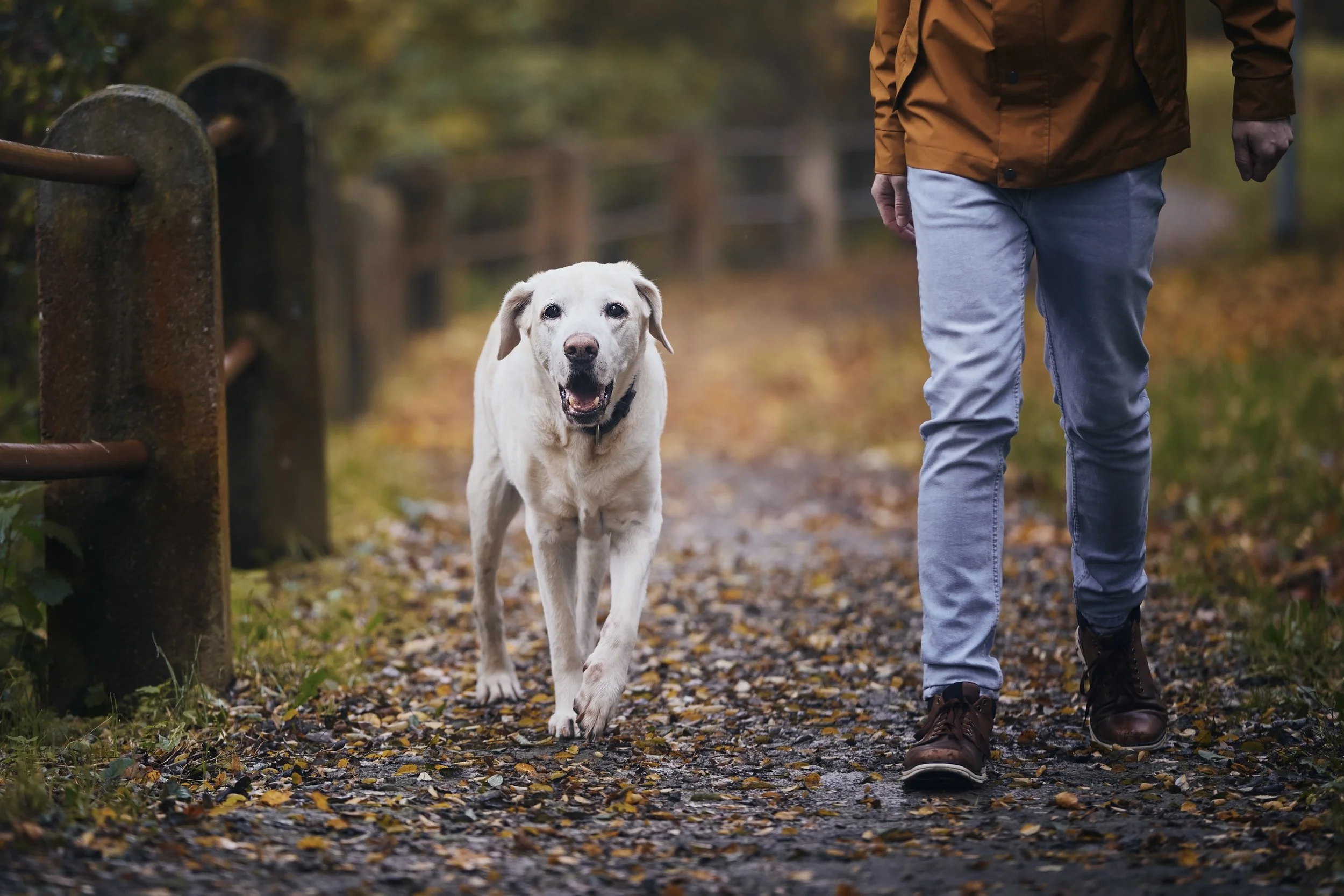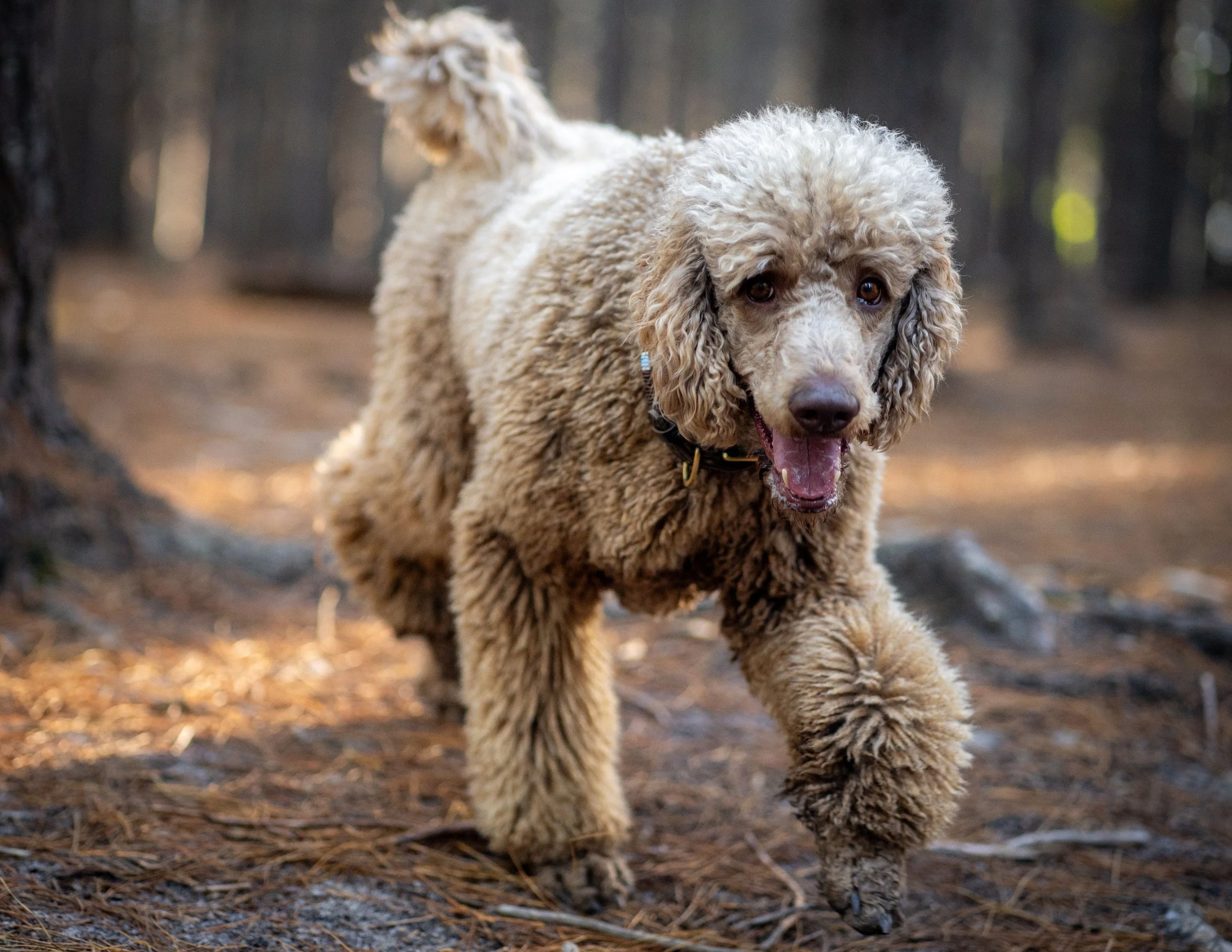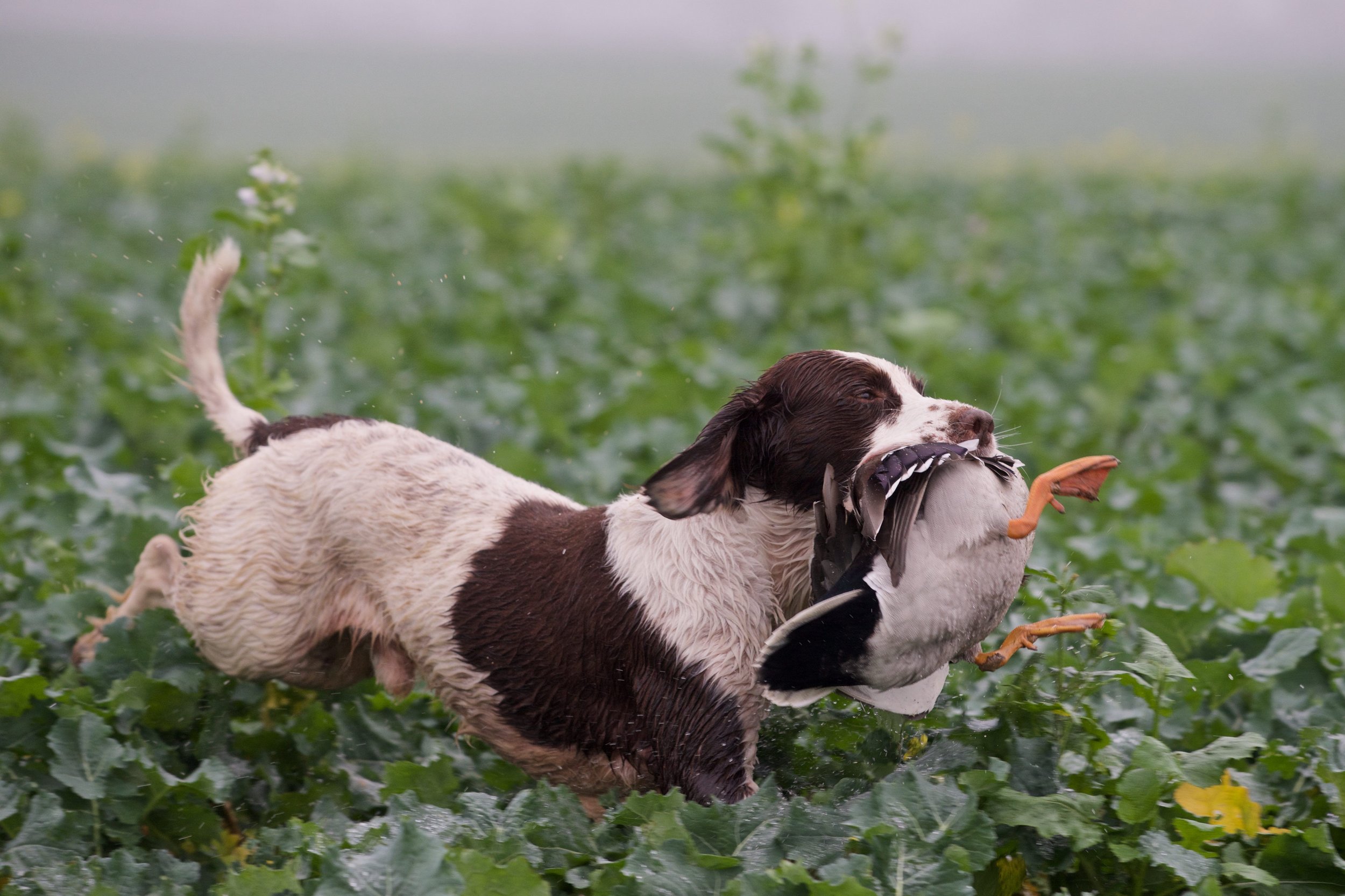Dog Breed Highlight: Labrador Retriever
As one of America’s most popular dog breeds, Labrador Retrievers have taken a special place among dog owners. Known for their friendly nature and adept sporting abilities, Labs could be seen as the perfect companion, both in the home and the field. In this article, we’ll be diving into the history, exercise requirements, social attributes, and working characteristics of the Labrador Retriever.
Breed History
The origins of the Labrador Retriever begin all the way back at the turn of the 16th century on the island of Newfoundland. As fishermen from countries like England, Spain, and France made their way to what would later become known as Canada, their dogs made the journey with them. Over the years, these various breeds of fisherman’s dogs bred on the island, eventually creating a breed known as St. John’s Dog.
This new breed of dog came in various sizes and hair lengths. Eventually, the larger, long-haired St. John’s dogs became the breed we now know as Newfoundlands while the smaller, shorthaired dogs became known as Labradors. Much of the breed’s success is credited to two British families, the Earls of Malmesbury and the Dukes of Buccleuch, who selectively bred and trained the smaller St. John’s dog for their unique hunting abilities. The Labrador breed was officially recognized by the Kennel Club of England in 1903.
Exercise Requirements
Labrador Retrievers are known for being an extremely energetic breed with high daily exercise requirements. This seemingly endless energy can be channeled through activities such as running, swimming, or hiking. Especially as puppies, supervised free play to explore their surroundings can be an excellent way to keep any Lab entertained. Generally, most adult Labs need about 1.5 hours of exercise daily, depending on their individual energy levels.
Without the proper level of exercise, Labs are prone to finding ways to release their energy, usually ending in destructive behavior. This behavior can take the form of chewing on anything within reach, digging up the yard, or continuous barking.
Social Attributes
Labrador Retrievers are known to be one of the most social breeds of dogs, earning them the title of the American Kennel Club’s Most Popular Dog Breed from 2013-2021. Their friendly and outgoing nature leads them to be a favorite for those looking for a family dog. Labs are very affectionate creatures and love to spend time with their owners, including children. However, as with all breeds, it is still important to teach children how to respectfully interact with Labs. Their playful personalities and friendliness toward other dogs is also a highlight of the Labrador Retriever.
Working Characteristics
Originally credited for their overall love of water and ability to retrieve, even while diving underwater, it’s no surprise that Labs are incredible hunting partners. In 1847, Irish dog authority H. D. Richardson noted:
“These dogs are remarkable for their diving powers. I saw one some years ago with an officer, who was quartered at Portobello Barracks, Dublin, which dived repeatedly to the bottom of the canal, between the lochs, when full of water, and fetched up such stones, etc., as were thrown in.”
Since the 1800s, through selective breeding, the abilities of Labrador Retrievers as hunting dogs have only grown. Beginning as duck retrievers, Labs can now be found waterfowl hunting as well as game hunting. Their affinity for water, thick tails, and webbed feet also makes Labs incredible competitors in Dock Diving trials.
The Labrador personality includes a tendency to be eager to please when it comes to training, while their intelligence makes them quick learners. In fact, Labs are commonly ranked in the top 10 for most intelligent dog breeds. From therapy work to bomb and drug detection, Labradors can be found serving in a variety of important jobs.
As we look forward to the future, you can expect Labrador Retrievers to make remarkable progress as versatile contributors to a whole host of domains. Their unwavering loyalty and adaptability, combined with ongoing advancements in training and understanding, indicate a future where Labradors continue to evolve as highly skilled partners in fields like search and rescue, therapy, and specialized assistance, showcasing the breed's steadfast commitment to progress and excellence.


























